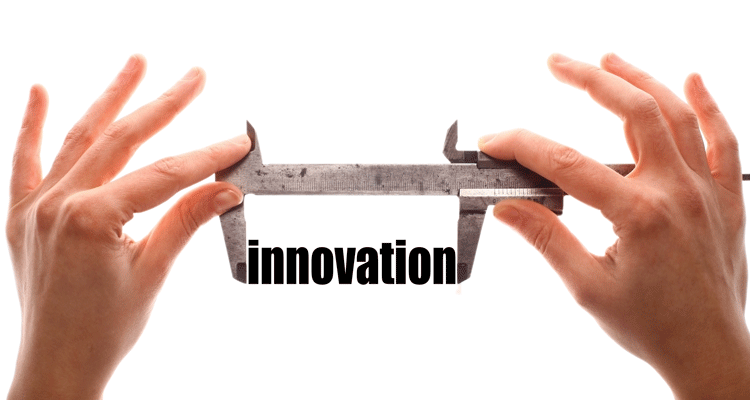
Just as you need both a windshield and rear-view mirror to drive a car, you need more than outcome-based metrics to measure innovation. But how can you truly measure an idea? Until an idea becomes tangible, you may have a difficult time ensuring its success—a daunting prospect for business. At the same time, companies know that being innovative and setting the agenda in the market gives them a clear competitive advantage. So, how can leaders know they are being innovative before developing and sending an idea through the commercialization process and then to market?
According to a new Tech-Clarity whitepaper, Top Ways to Measure Product Innovation, measuring innovation is challenging due to its intangible nature, huge potential variability, and many different levels of granularity. This leaves many companies without a realistic approach for improving innovation performance, even when they want to and enhance their ability to do so. As a result, they often rely on measuring innovation based on results-oriented outcomes.
These methods for measuring innovation include:
- Percentage of revenue generated from new products;
- Incremental revenue;
- Profit margin; and
- Market share from new products
Avoid the Rearview Mirror Approach
Outcome-based metrics provide businesses with tangible results on which to measure success. While these results are necessary and important, they’re not measuring the innovation itself. Jim Brown suggests to think of it as the rearview mirror approach—you wouldn’t want to drive a car while only able to see what’s behind you.
While measuring outcomes provides reliable information, “they don’t help ensure the success of future innovation because companies often find out too late what needs to change.” The bottom line is: for continuous improvement, Tech Clarity suggests to also measure innovation capacity.
Improving Innovation Performance by Measuring Innovation Capability
Improving innovation performance means making innovation processes more systematic and repeatable. To do this, companies must measure the factors that are conducive to innovation, such as culture and process. By measuring innovation capability, product development leaders not only understand if they achieved their innovation strategy, but they gain insight into why.
Once there is an understanding into why an innovation strategy was successful or not, organizations gain additional visibility into the product innovation lifecycle. They can then adjust, improve, or maintain future performance—saving both time and money from being spent on the wrong ideas.
If you find this topic interesting, download the whitepaper, Top 5 Ways to Measure Product Innovation, or watch the demo for Planview’s product innovation solution. Read the next two parts of this blog series, “part 2: How to Measure Innovation Capability,” and “part 3: Use PPM to Measure Innovation Capability,” where I share more highlights from the Tech Clarity whitepaper and take a deeper dive the five factors that can help businesses monitor and improve their innovation capability.
I’d love to hear from you. Leave a comment below with how you are improving your current innovation strategies.





